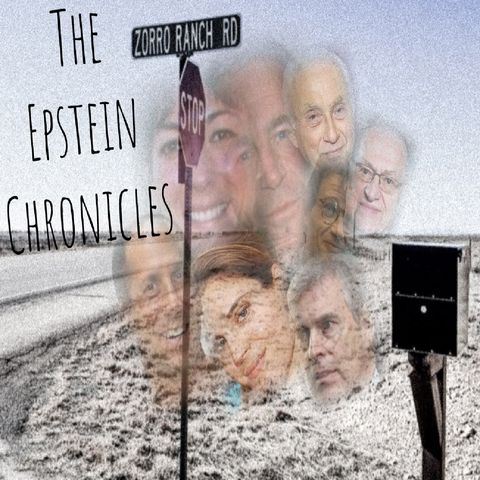The Murder Of Suzanne Morphew: What Sort Of Evidence Could Be Gathered From The Remains? (10/15/23)

Download and listen anywhere
Download your favorite episodes and enjoy them, wherever you are! Sign up or log in now to access offline listening.
The Murder Of Suzanne Morphew: What Sort Of Evidence Could Be Gathered From The Remains? (10/15/23)
This is an automatically generated transcript. Please note that complete accuracy is not guaranteed.
Description
When human remains are exposed to the elements in the desert for an extended period, such as three years, several factors can affect the preservation and analysis of DNA evidence....
show more- DNA Degradation: Over time, the DNA in human remains can degrade due to exposure to UV radiation, high temperatures, and the activity of enzymes present in the body. This degradation can lead to the fragmentation of DNA molecules, making it more challenging to obtain a complete and usable DNA profile.
- Contamination: Desert environments can be harsh and may expose remains to various environmental contaminants, such as dust, dirt, and microorganisms. Contamination can interfere with DNA analysis, making it more difficult to distinguish between the victim's DNA and that of contaminants.
- Inhibition: Environmental conditions in the desert, including the presence of chemicals and minerals in the soil, can inhibit DNA analysis by interfering with the polymerase chain reaction (PCR) used to amplify DNA. This inhibition may lead to false negatives or inconclusive results.
- Scavenger Activity: Desert ecosystems often have scavengers like insects and small mammals that may disturb the remains. This can lead to the scattering of bones and tissues, potentially affecting the collection of DNA evidence.
- Mummification: In some cases, the arid conditions of the desert can lead to a form of natural mummification, which can preserve soft tissues and DNA to some extent. However, this preservation may not be uniform, and different parts of the body may be better preserved than others.
In this episode, we hear from Joseph Scott Morgan who discusses what sort of DNA evidence might be found on Suzanne's remains and if that evidence will help the investigation.
(commercial at 6:23)
to contact me:
bobbycapucci@protonmail.com
source:
Chilling condition of missing mom Suzanne Morphew's remains 'will make it very hard for husband Barry to clear his name' | The US Sun (the-sun.com)
Information
Copyright 2024 - Spreaker Inc. an iHeartMedia Company

Comments